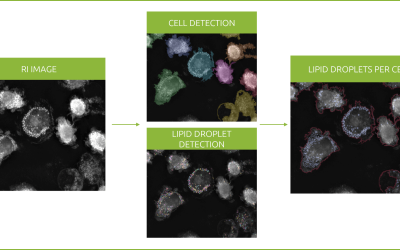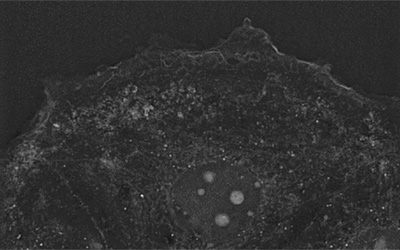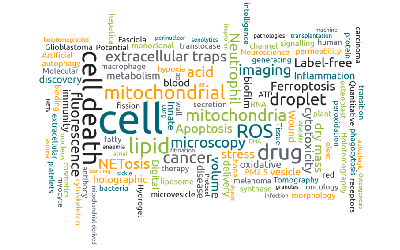Drosophila melanogaster, the fruit fly, is a model organism widely used in biomedical research thanks to its versatility. Some advantages over other models are its low cost, easy manipulation, short life-cycle and large range of easily performed genetic modifications.
During its approximately 10 days of life cycle, the flies go through an egg embryonic development followed by three instar larvae stages that culminate in pupariating. While at the pupal stage, a metamorphosis takes place and adult flies are formed and ready to gate-crash in your kitchen on a peaceful and warm summer day!
DROSOPHILA MELANOGASTER BLOOD CELLS
One of the fields of application of Drosophila melanogaster is the study of its role in innate immunity.
During embryonic larva-stage, Drosophila blood cells (haemocytes) belong to three lineages: plasmatocytes, crystal cells and lamellocytes. This number of lymphoid lineages is impressive for an insect lacking adaptive immunity!
While lamellocytes are specialised in parasite encapsulation, crystal cells are in charge of melanin production that, together with encapsulation, seem to play a role in killing pathogens. Plasmatocytes are responsible for phagocytosis of invading microbes, repairing damaged tissues and removal of post-apoptotic debris.
PLASMATOCYTES AND CELLULAR IMMUNITY
Analogously to monocytes and macrophages in humans, plasmatocytes undergo phagocytic activity. In systematically infected larvae containing as many as 3000 non-pathogenic bacteria, plasmatocytes have been proved to eliminate up to 95% of the bacterial load in just 30 minutes (Lemaitre, B., et al. 1996)!
Phagocytosis is a necessary and thus evolutionary conserved process that guarantees removal of both apoptotic bodies and invading pathogens. Undeniably, plasmatocytes seem to be effective in ingesting, engulfing and destroying!
There are two pathways of phagocytosis initiation in plasmatocytes: the direct pathway involves specific cell-surface receptors while the indirect pathway encompasses opsonins, which are molecules that mark antigens like microbes in order to make them target of immune response (in this case, phagocytic receptors).
WHAT DO WILDTYPE PLASMATOCYTES LOOK LIKE?
Under the holotomographic microscope, ex-vivo plasmatocytes extracted from Drosophila larvae appear as rounded, nucleated structures of around 10μm.
During D. melanogaster’s development, they represent the dominating (± 90%) circulating haemocyte population.

WHAT DO MUTANT PLASMATOCYTES LOOK LIKE?
When over expressing a transmembrane receptor involved in cellular immunity in Drosophila melanogaster plasmatocytes, impressive changes can be acknowledged.
The most remarkable fact is the difference in size. While wildtype phenotype plasmatocytes roughly exceed 10μm, mutants easily reach 30μm, excluding the protrusions, which turned out to also be increased in length and number. Besides, mutants showed modified adhesion, as they seemed to adhere more strongly to the substrate compared to wildtype.
This sample of genetic modification in Drosophila melanogaster represents a good example of its suitability as a model in infection and immunity in biomedical research, but Drosophila is also giving promising results in tumorigenesis and metastasis in cancer research, and in a wide range of research fields, which will certainly contribute to our scientific knowledge

This sample of genetic modification in Drosophila melanogaster represents a good example of its suitability as a model in infection and immunity in biomedical research, but Drosophila is also giving promising results in tumorigenesis and metastasis in cancer research, and in a wide range of research fields, which will certainly contribute to our scientific knowledge.
Bibliography:
- Allocca, Mariateresa & Zola, Sheri & Bellosta, Paola. (2018). The Fruit Fly, Drosophila melanogaster: The Making of a Model (Part I)
- Holz, A., Bossinger, B., Strasser, T., Janning, W., & Klapper, R. (2003). The two origins of hemocytes in Drosophila. Development, 130 20, 4955-62 .
- Lanot, R., Zachary, D., Holder, F. and Meister, M.(2001). Postembryonic hematopoiesis in Dev. Biol.230,243 -257.
- Lemaitre B, Nicolas E, Michaut L, Reichhart JM& Hoffmann JA (1996) The dorsoventral regulatory gene cassette spatzle/Toll/cactus controls the potent antifungal response in Drosophila adults. Cell 86, 973–983.
- Meister, M. and Lagueux, M. (2003), Drosophilablood cells. Cellular Microbiology, 5: 573-580
- Shia, AK, Glittenberg, M, Thompson, G, Weber, AN, Reichhart, JM& Ligoxygakis, P ( 2009) Toll‐dependent antimicrobial responses in Drosophila larval fat body require Spatzle secreted by haemocytes. J Cell Sci 122, 4505– 4515.
- Wang, L., Kounatidis, I., & Ligoxygakis, P. (2014). Drosophila as a model to study the role of blood cells in inflammation, innate immunity and cancer. Frontiers in cellular and infection microbiology, 3, 113
- Vlisidou, I. and Wood, W. (2015), Drosophilablood cells and their role in immune responses. FEBS J, 282: 1368-1382
- Williams, J.(2007). Drosophila hemopoiesis and cellular immunity. J Immunol 178, 4711–6
Read our latest news
Revolutionizing lipid droplet analysis: insights from Nanolive’s Smart Lipid Droplet Assay Application Note
Introducing the Smart Lipid Droplet Assay: A breakthrough in label-free lipid droplet analysis Discover the power of Nanolive's Smart Lipid Droplet Assay (SLDA), the first smart digital assay to provide a push-button solution for analyzing lipid droplet dynamics,...
Food additives and gut health: new research from the University of Sydney
The team of Professor Wojciech Chrzanowski in the Sydney Pharmacy School at the University of Sydney have published their findings on the toxic effect of titanium nanoparticles found in food. The paper “Impact of nano-titanium dioxide extracted from food products on...
2023 scientific publications roundup
2023 has been a record year for clients using the Nanolive system in their scientific publications. The number of peer-reviewed publications has continued to increase, and there has been a real growth in groups publishing pre-prints to give a preview of their work....
Nanolive microscopes
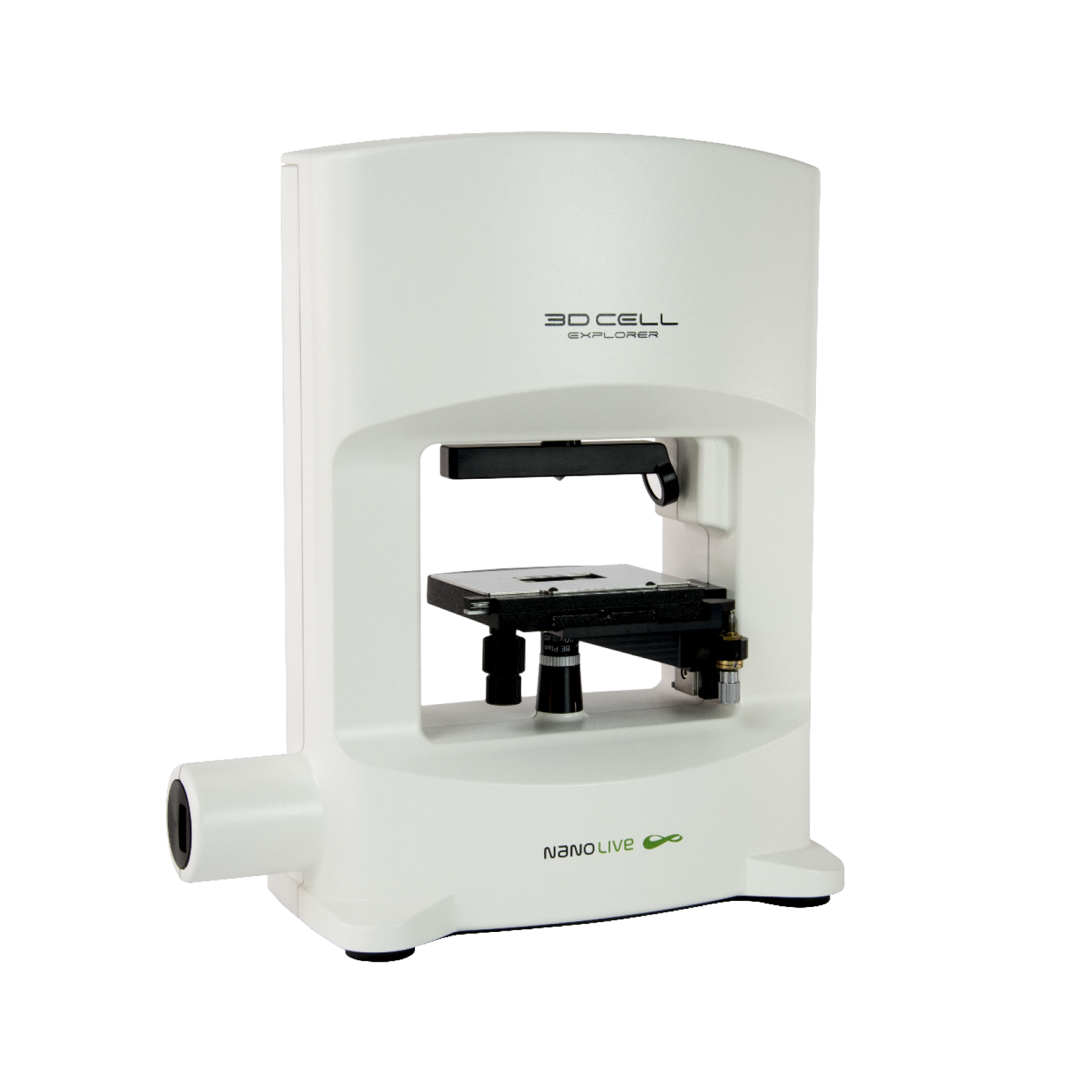
3D CELL EXPLORER
Budget-friendly, easy-to-use, compact solution for high quality non-invasive 4D live cell imaging
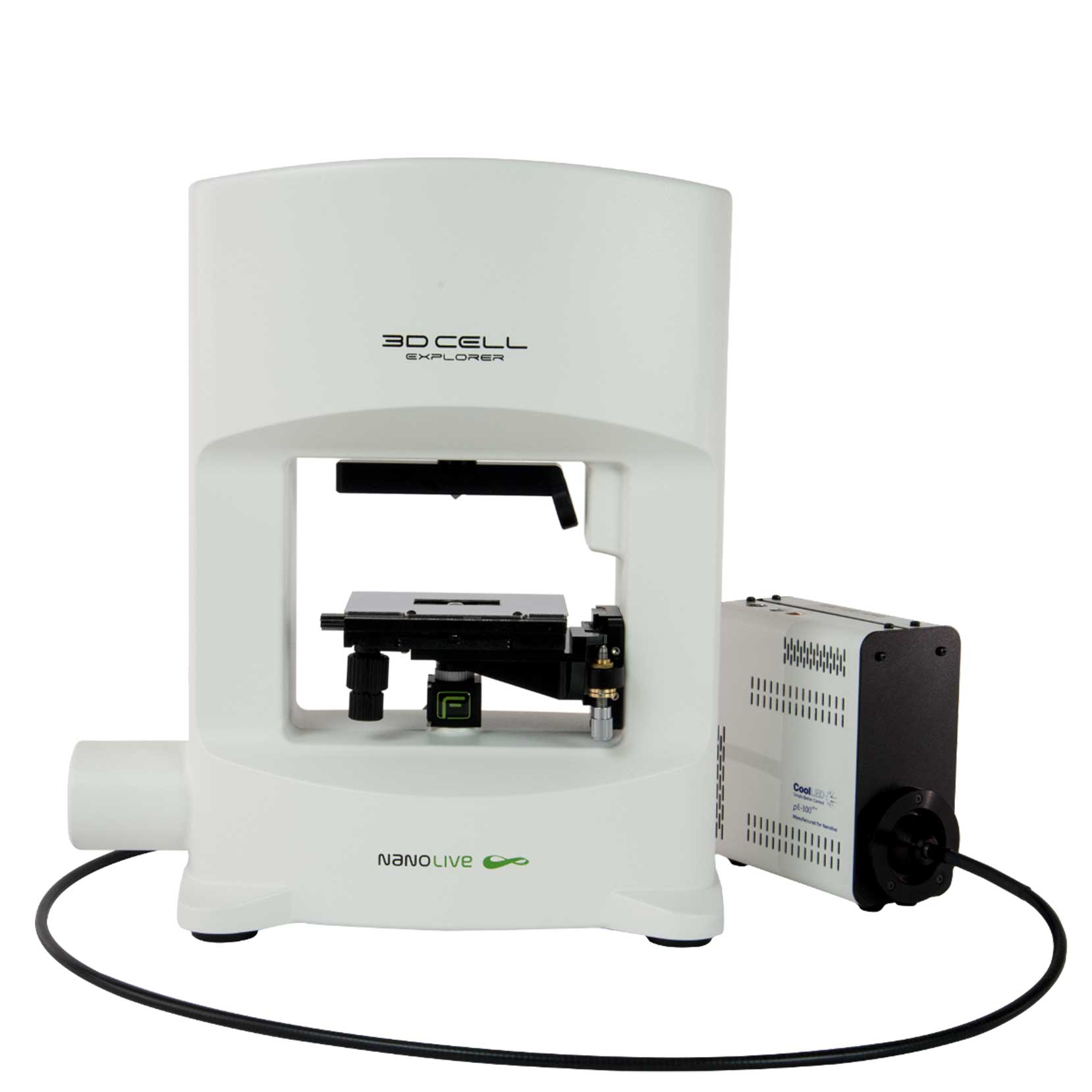
3D CELL EXPLORER-fluo
Multimodal Complete Solution: combine high quality non-invasive 4D live cell imaging with fluorescence

CX-A
Automated live cell imaging: a unique walk-away solution for long-term live cell imaging of single cells and cell populations

